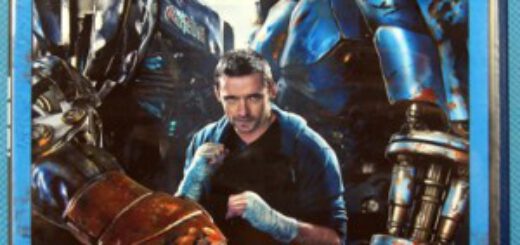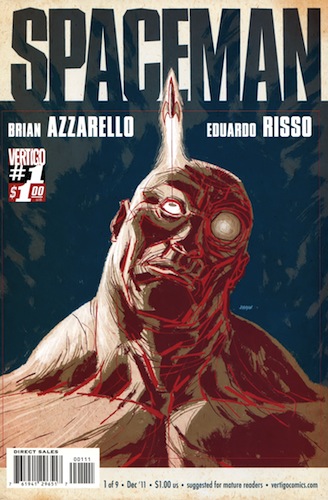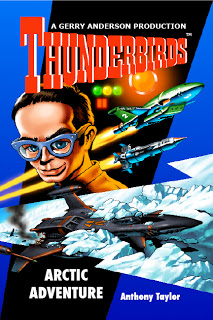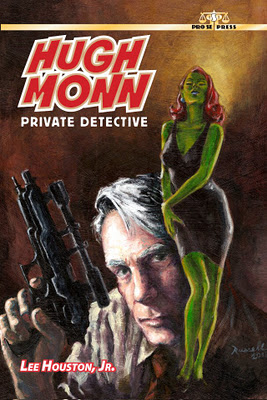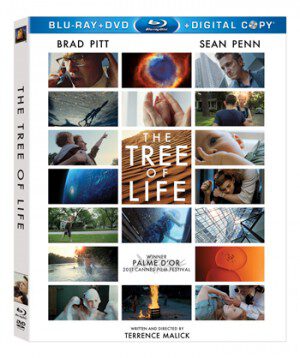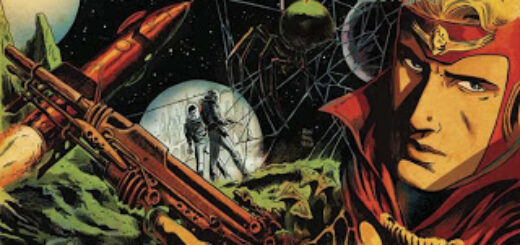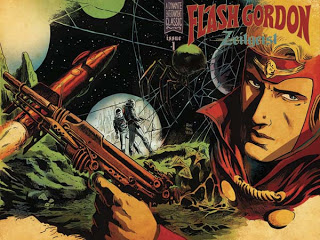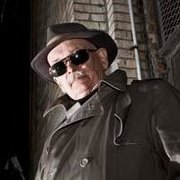Real Steel
 Real Steel is an interesting blend of the underdog sports movie and science fiction, and from the first frame, you know exactly what will happen by the time the end credits roll. There’s nothing wrong with that since we knew exactly what was coming in Rocky or Remember the Titans and both were strong, entertaining films. The challenge for the director and cast is to make arriving at the inevitable conclusion as entertaining as possible and in this case, the film exceeded expectations.
Real Steel is an interesting blend of the underdog sports movie and science fiction, and from the first frame, you know exactly what will happen by the time the end credits roll. There’s nothing wrong with that since we knew exactly what was coming in Rocky or Remember the Titans and both were strong, entertaining films. The challenge for the director and cast is to make arriving at the inevitable conclusion as entertaining as possible and in this case, the film exceeded expectations.
Coming out tomorrow for home video from Touchstone Home Entertainment, the Shawn Levy-directed film looks terrific and has rock solid sound so you hear the gears grinding and Danny Elfman’s score soar with fidelity.
The story is set in 2027, a time when human boxers have been replaced by oversized robotic creations that are basically Rock’Em Sock’Em Robots controlled by a video game interface. Atop the heap is the most advanced bit of Artificial Intelligence in the hulking Zeus, built and controlled by the film’s sort of bad guys, the too cool to be true Tak Mashido (Karl Yune) and Farra Lemcova (Olga Fonda). Way down the food chain is former boxer and failed robot boxing controller Charlie Kenton (Hugh Jackman). He owes money, his life sucks, and he’s so focused on finding the next fight to earn some cash that he is merely existing, not living. That changes when his old flame Caroline dies and he’s summoned to court to sign away all parental rights to his son Max (Dakota Goyo), a smart and smart-mouthed 11 year old. In need of a cash infusion, Charlie agrees to take Max for the summer so his Aunt and her husband can take an unencumbered Italian vacation in exchange for $100,000.

